Welcome to On Verticality. This blog explores the innate human need to escape the surface of the earth, and our struggles to do so throughout history. If you’re new here, a good place to start is the Theory of Verticality section or the Introduction to Verticality. If you want to receive updates on what’s new with the blog, you can use the Subscribe page to sign up. Thanks for visiting!
Click to filter posts by the three main subjects for the blog : Architecture, Flight and Mountains.
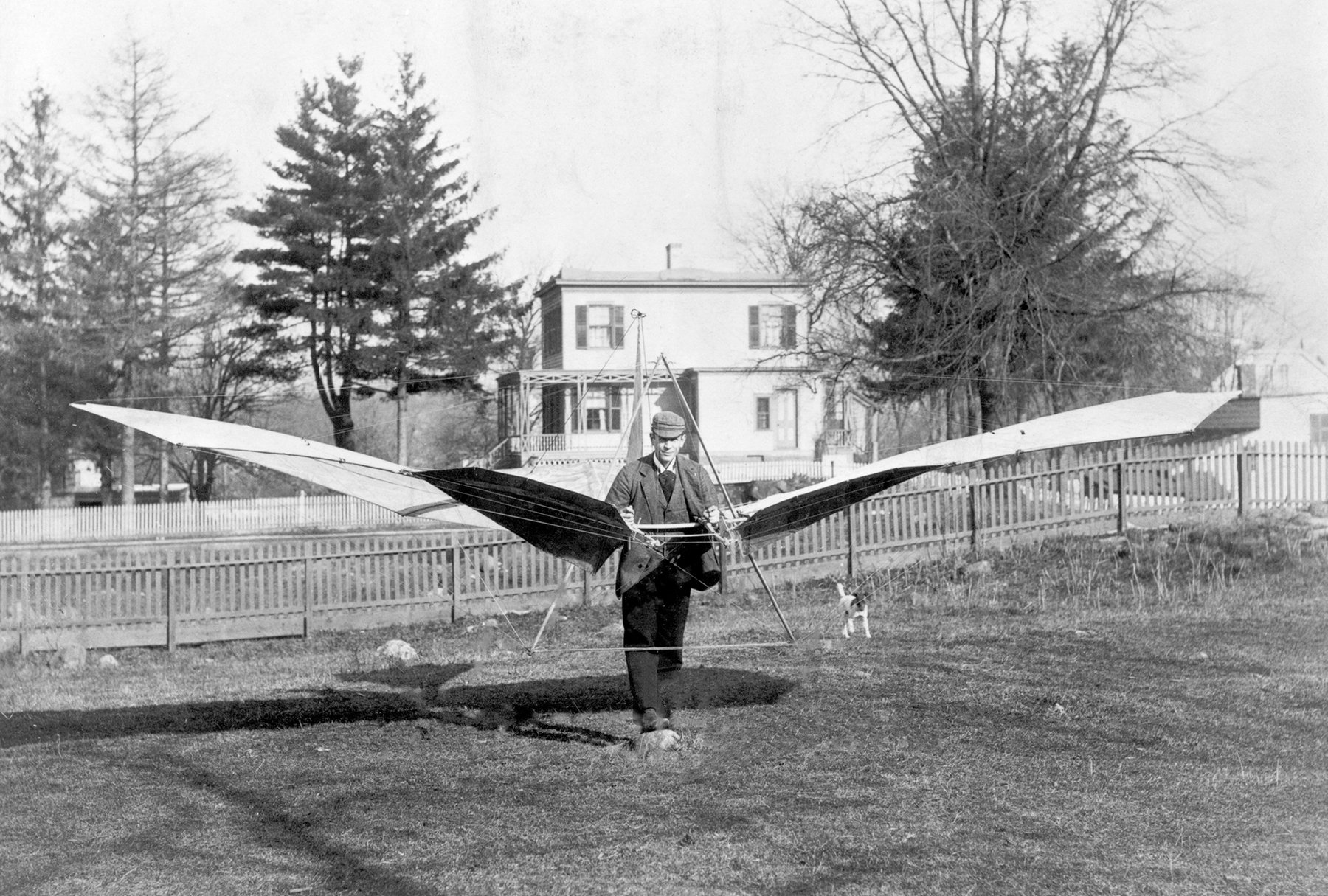
Augustus Moore Herring’s Gliders
In the field of early aviation, there are standout figures, such as the Wright Brothers or Otto Lilienthal. There’s also figures that work to push the field forward, and exist with and among other greats. Augustus Moore Herring is one such individual. Throughout his career as an aviation pioneer, his story is woven into the careers of many other pioneers of flight, while unfortunately remaining much less well-known.
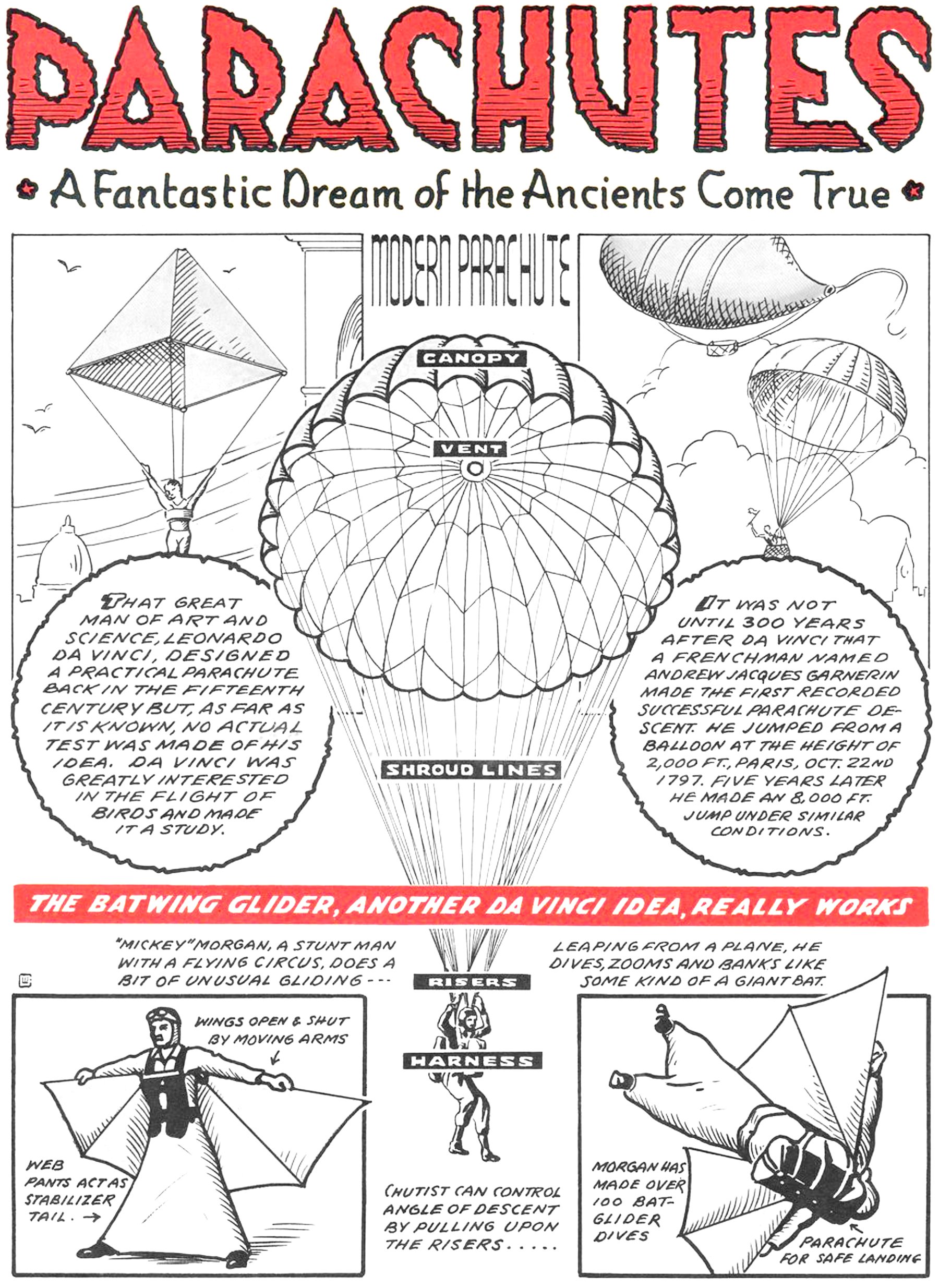
Parachutes : A Fantastic Dream of the Ancients Come True
Pictured above is a page from a War Heroes comic book from 1943. It features a few examples of parachutes and a flying suit called the Batwing Glider. At the center of the page is a modern parachute, complete with its canopy, vent, shroud lines, risers and harness. Flanking this drawing are two historical examples of parachutes. The first is a sketch from Leonardo da Vinci’s notebooks circa 1495, and the second is the world’s first successful parachute descent by André-Jacques Garnerin in 1797. This triad presents a concise, albeit incomplete history of parachute design, but it does do a good job of visually connecting a modern parachute to its ancestors.
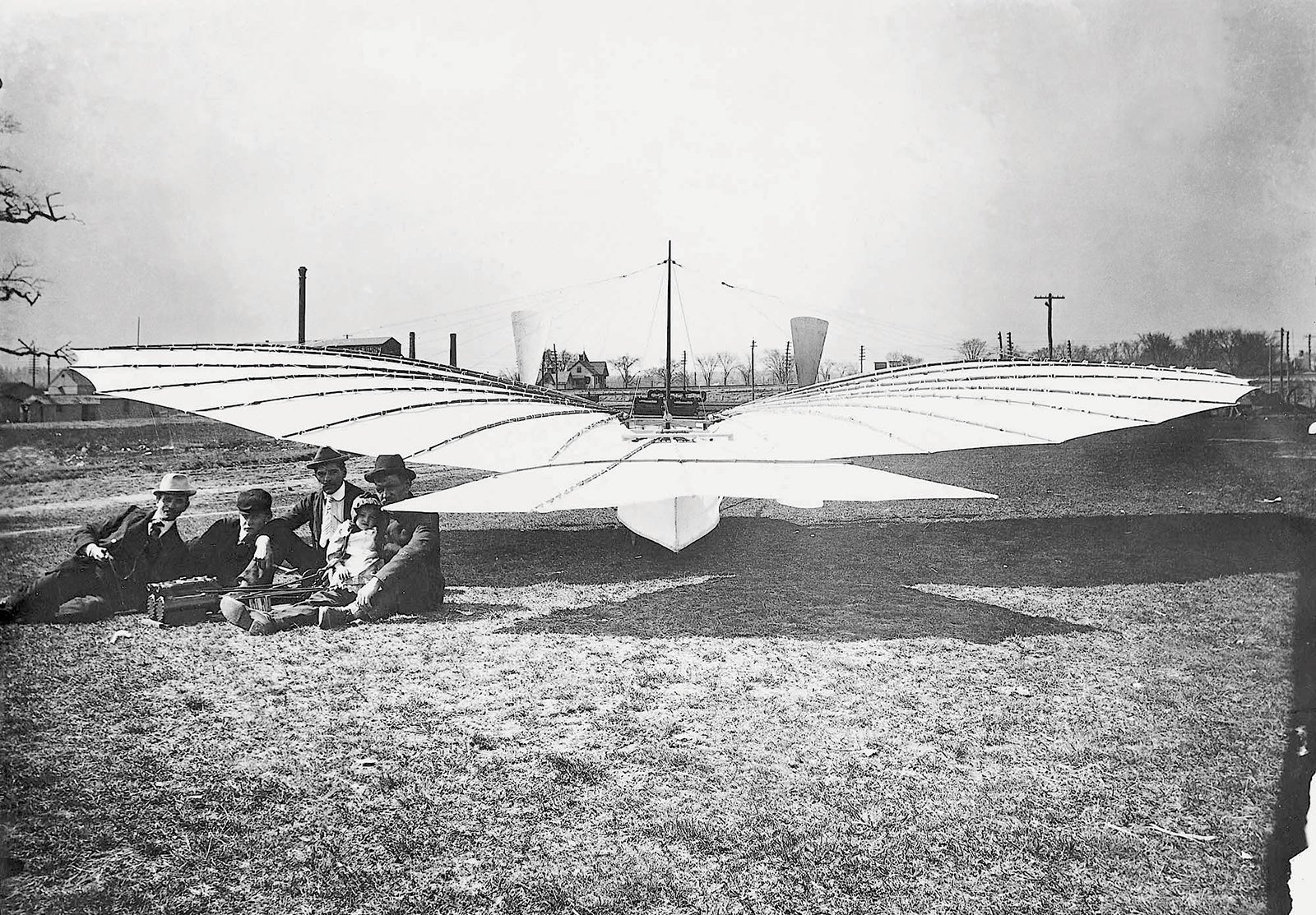
Gustave Whitehead’s Flying Machines
Gustave Whitehead was a German-born aviation pioneer that emigrated to the United States in 1893. He subsequently built and tested a number of flying machines, and some believe he achieved the first ever powered, controlled flight. As with most claims of this nature, it’s a difficult thing to prove and will most likely always have controversy surrounding it. Because of this, his machines and the alleged flights they took have a sense of mystery about them. To add to this mystery, Whitehead experimented with many different types of machines, including both manned and unmanned machines and both gliders and self-powered machines.

Octave Chanute’s Glider Designs
Pictured above is a twelve-winged glider designed by Octave Chanute in 1896. It’s one of many flying machines Chanute experimented with, and like these others, it directly influenced other pioneers of aviation. Chanute began his career as a civil engineer, and he made a name for himself building railroads and bridges. After retiring in 1883, he turned his attention to aviation, which was a subject he’d been interested in for decades prior.

W.F. Quinby and his Three Flying Machine Patents
Pictured above is a patent drawing for a flying machine, designed in 1869 by Watson Fell Quinby, or W.F. for short. It’s the second of three patents for flying machines that Quinby has to his name. It shows a man flying with three wing-like sails attached to him, along with some rudimentary controls at his hands and feet. As with all of Quinby’s designs, we don’t have any photos to compare the patent drawings to, so we’ll have to assume that if he built any prototypes, they weren’t successful.
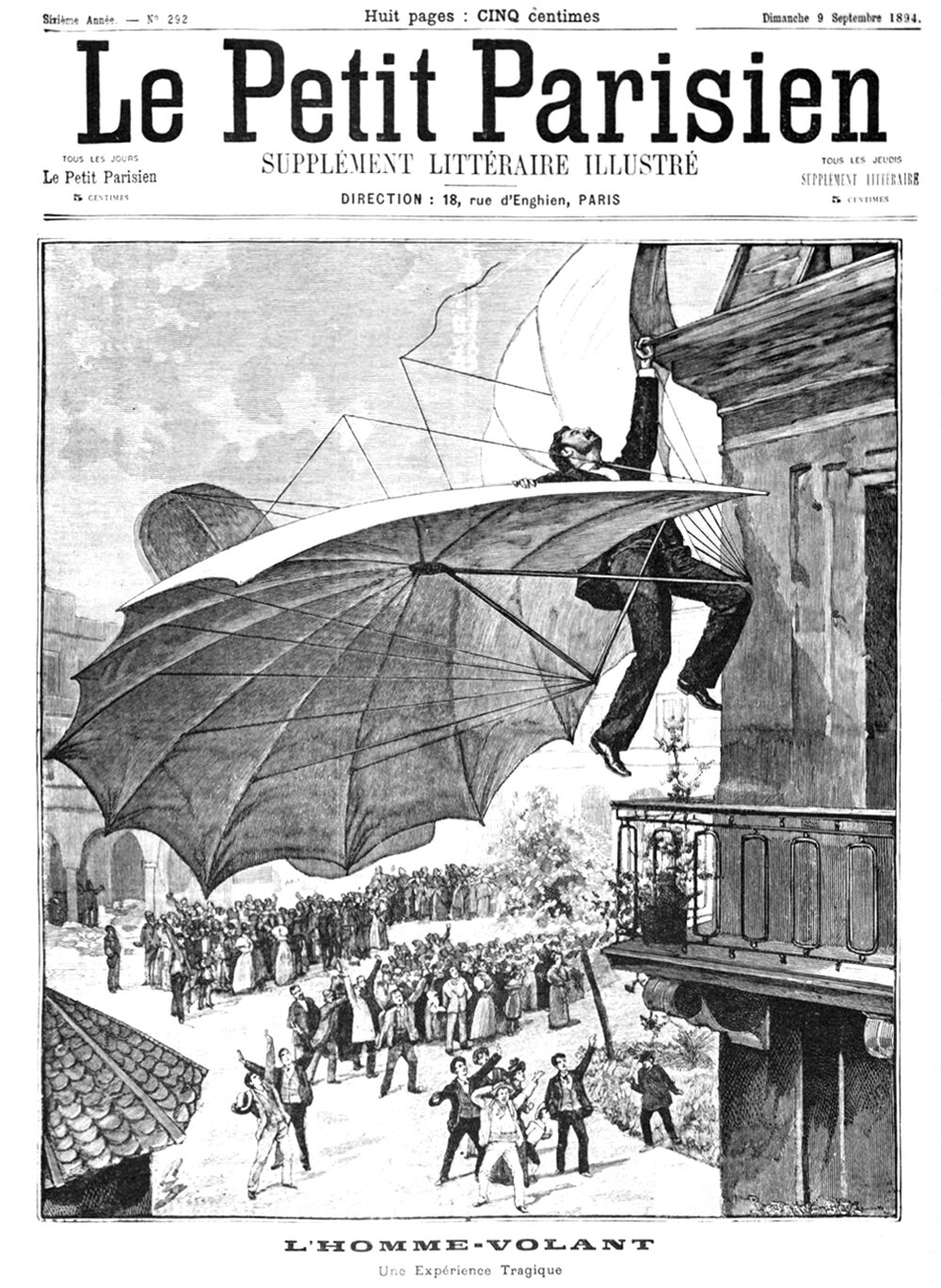
L’Homme Volant
Pictured above is the cover of Le Petit Parisien from 9 September 1894. It shows German aviation pioneer Otto Lilienthal dangling from a building cornice, with a crowd of onlookers below. According to the paper, the illustration was drawn from a photograph which was taken a few days earlier in Frankfurt, Germany.

Louis Charles Letur’s Parachute-Glider
Pictured above is an 1853 design for a flying machine by German engineer Louis Charles Letur. His design consisted of a pilot’s basket flanked by two triangular wings, along with a vertical tail behind (not pictured in the above illustration). This assembly would hang under a large umbrella-like parachute, and it was meant to be lifted to a height by some other means, such as a balloon, then it would glide safely back down to earth.

Nicolas Edme Rétif’s Flying Man
The above illustration is from Nocolas Edme Rétif’s 1781 novel La Découverte Australe par un Homme-Volant, or The Discovery of the Austral Continent by a Flying Man. The fictional bird suit pictured was built by Victorin, the main character of the novel. He was in love with the daughter of a local lord, and he built a flying suit in order to kidnap her and fly her to the summit of a local mountain, where no people could reach.
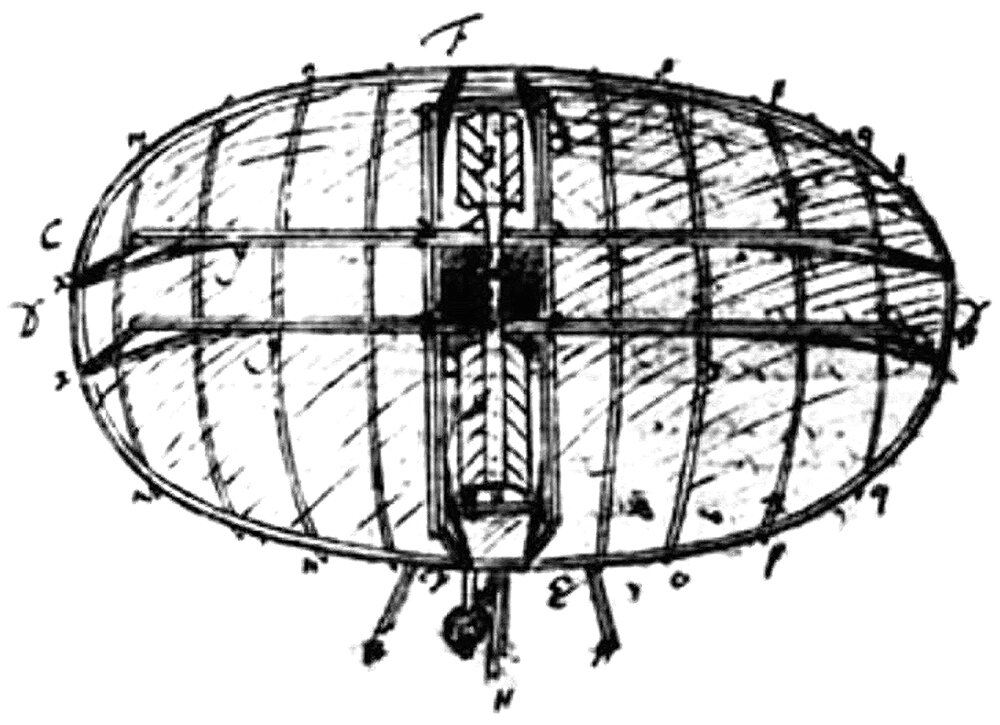
Emanuel Swedenborg’s Glider Sketch
The earliest examples of flying machines are from one of two sources. The first are fictional sources, such as myths or epics, and the second are exploratory sketches from great thinkers of their time, such as Leonardo da Vinci. The sketch above is an example of the latter, and it was sketched in 1714 by Emanuel Swedenborg, a Swedish polymath known for his theological works. The design is a combination of a glider and an ornithopter, and he sketched it in one of his notebooks with full knowledge that it could never fly.
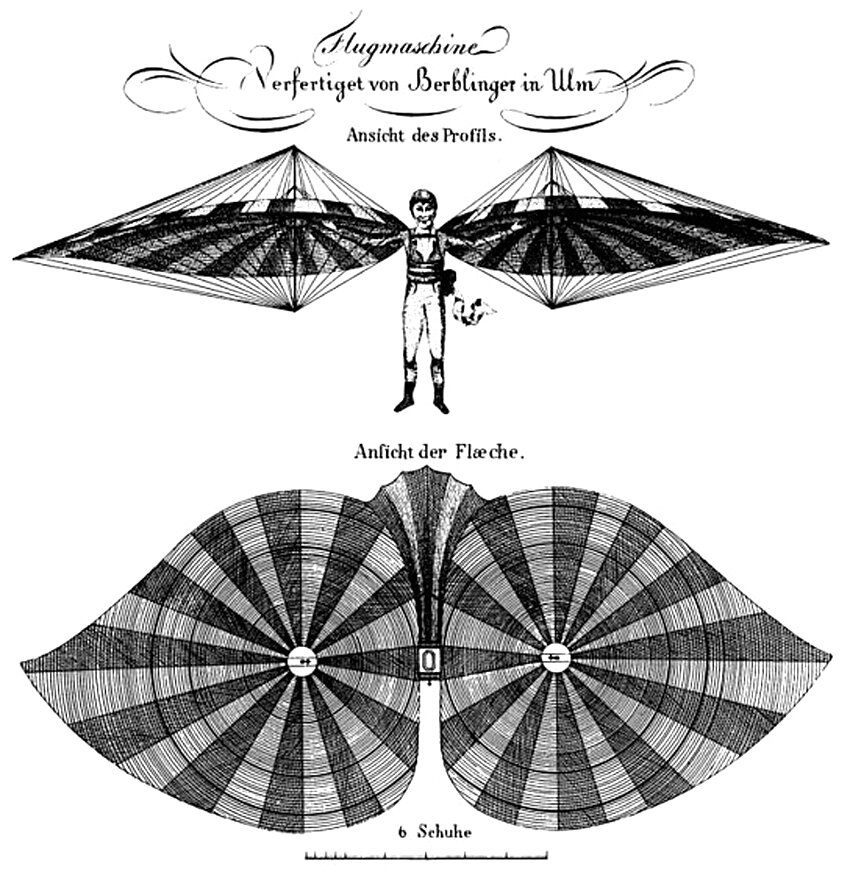
Albrecht Berblinger’s Hang Glider
Albrecht Berblinger was a German tailor from Ulm, who is best known for designing a hang glider in 1811. He was the seventh child of a poor family, and from an early age he was interested in mechanics and watch-making. When he was 13, his father died and he was sent to an orphanage, where he was forced into an apprenticeship as a tailor. He was a tinkerer in his spare time, however, and after becoming a master tailor he became interested in human flight.
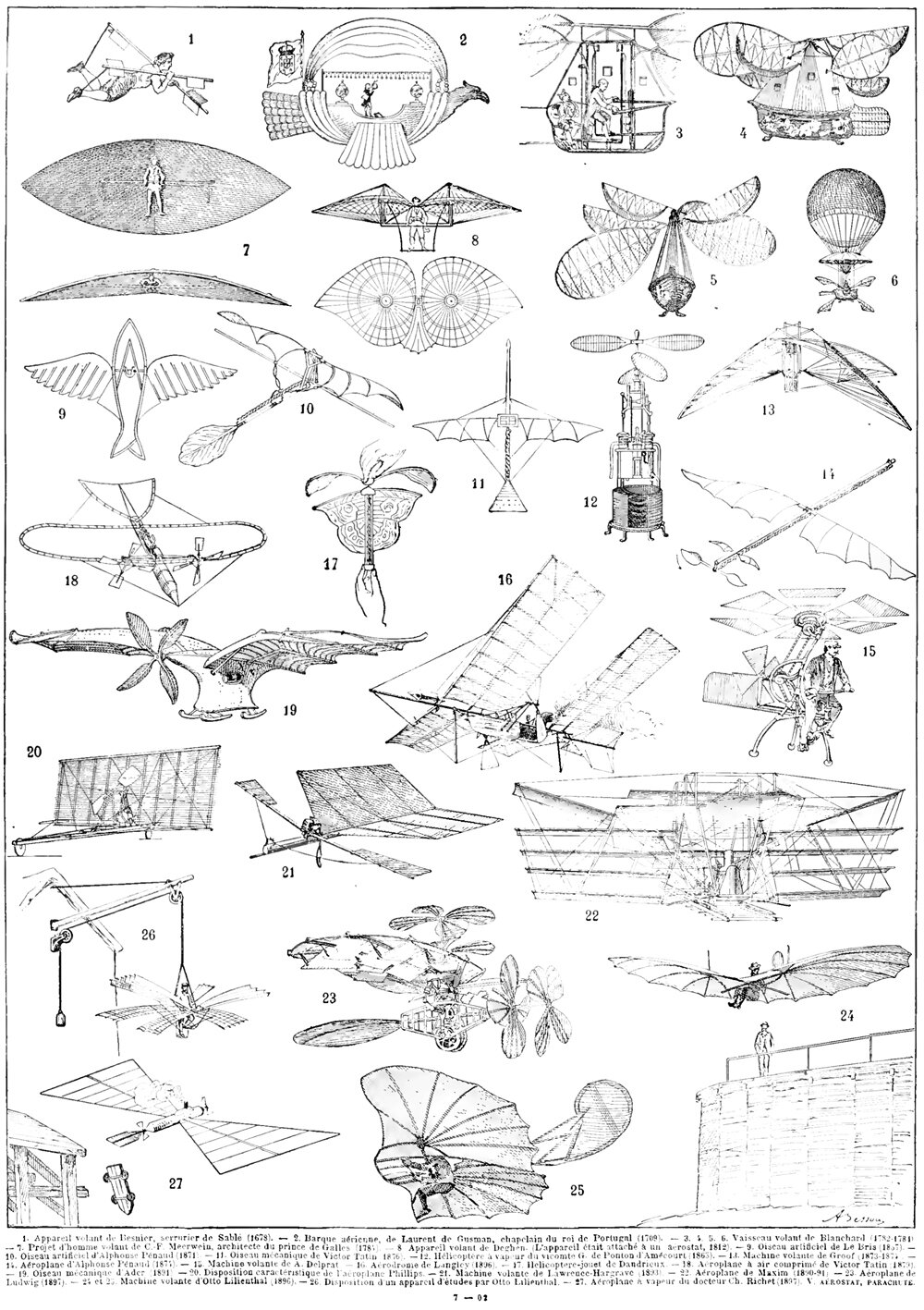
Flying Machines
Throughout history, humans have been fascinated with flight, and some of our more industrious brothers and sisters have dedicated their lives to achieving it. This has led to a rich lineage of ideas for flying machines, and the illustration pictured here shows some famous examples throughout this lineage.
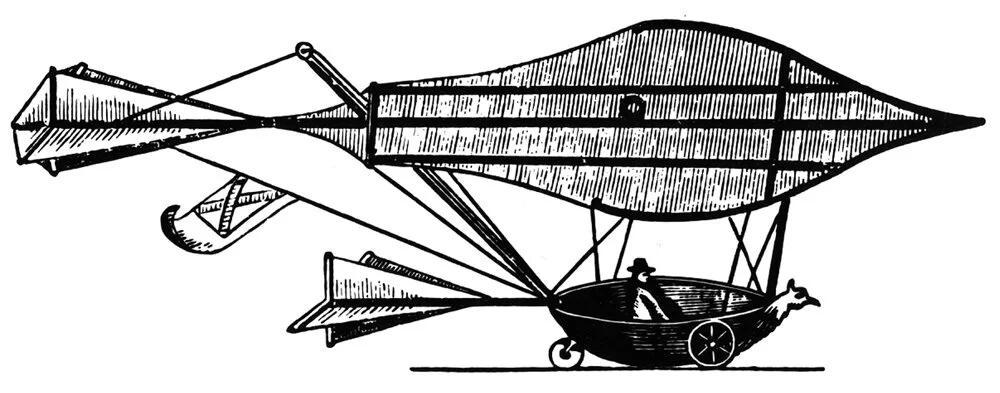
Sir George Cayley and the Science of Aviation
Sir George Cayley was an Englishman who is credited as the first person to understand the underlying principles of flight. He was born in Yorkshire, England in 1773, and from a young age he was fascinated with the idea of flight. Cayley was an engineer by trade, and his early engineering career involved many different fields. He shifted his focus to flight around 1850, and his scientific approach to the study of flight has led him to be called the world’s first aeronautical engineer.
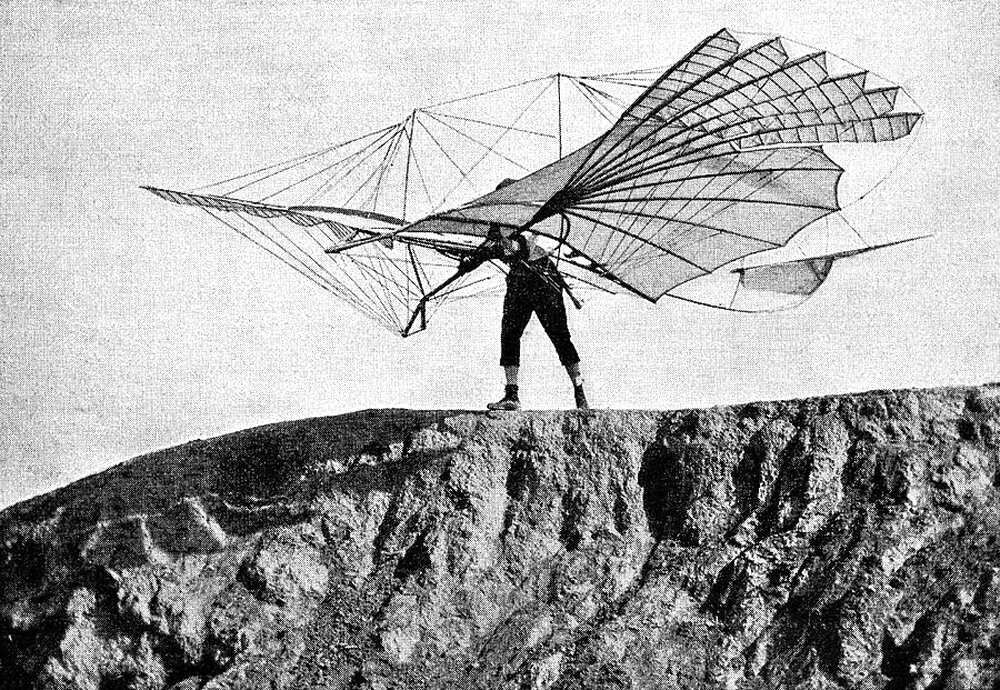
Otto Lilienthal, The 'Flying Man'
I have yet to come across a history of flight that doesn’t include Otto Lilienthal. Known as the ‘Flying Man’, Lilienthal was a pioneer of aviation best known for his experiments with gliders and human flight. He made thousands of successful test flights throughout his career, and there are myriad photographs of him before and during these test flights. Pictured above is one such photo of him getting ready to make the leap off a hilltop.
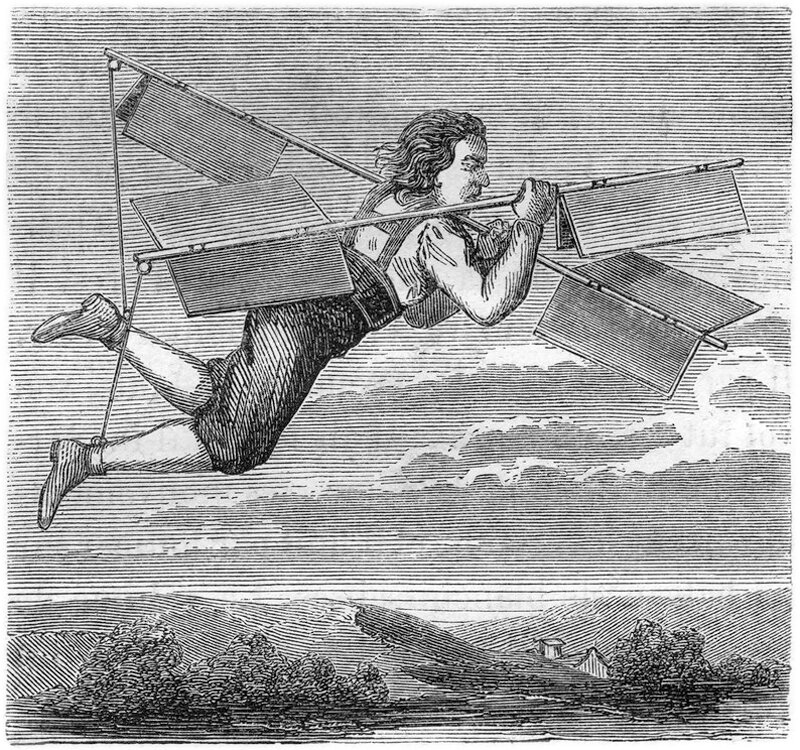
Besnier's Flying Apparatus
Many early attempts at flight were taken by people who had no formal background in the subject. Pictured above is Besnier, a locksmith from Sablé, France. In the 1670’s, Besnier had become obsessed with flight, and sometime around 1678 he built and tested an apparatus to mimic the beating of a bird’s wings.
